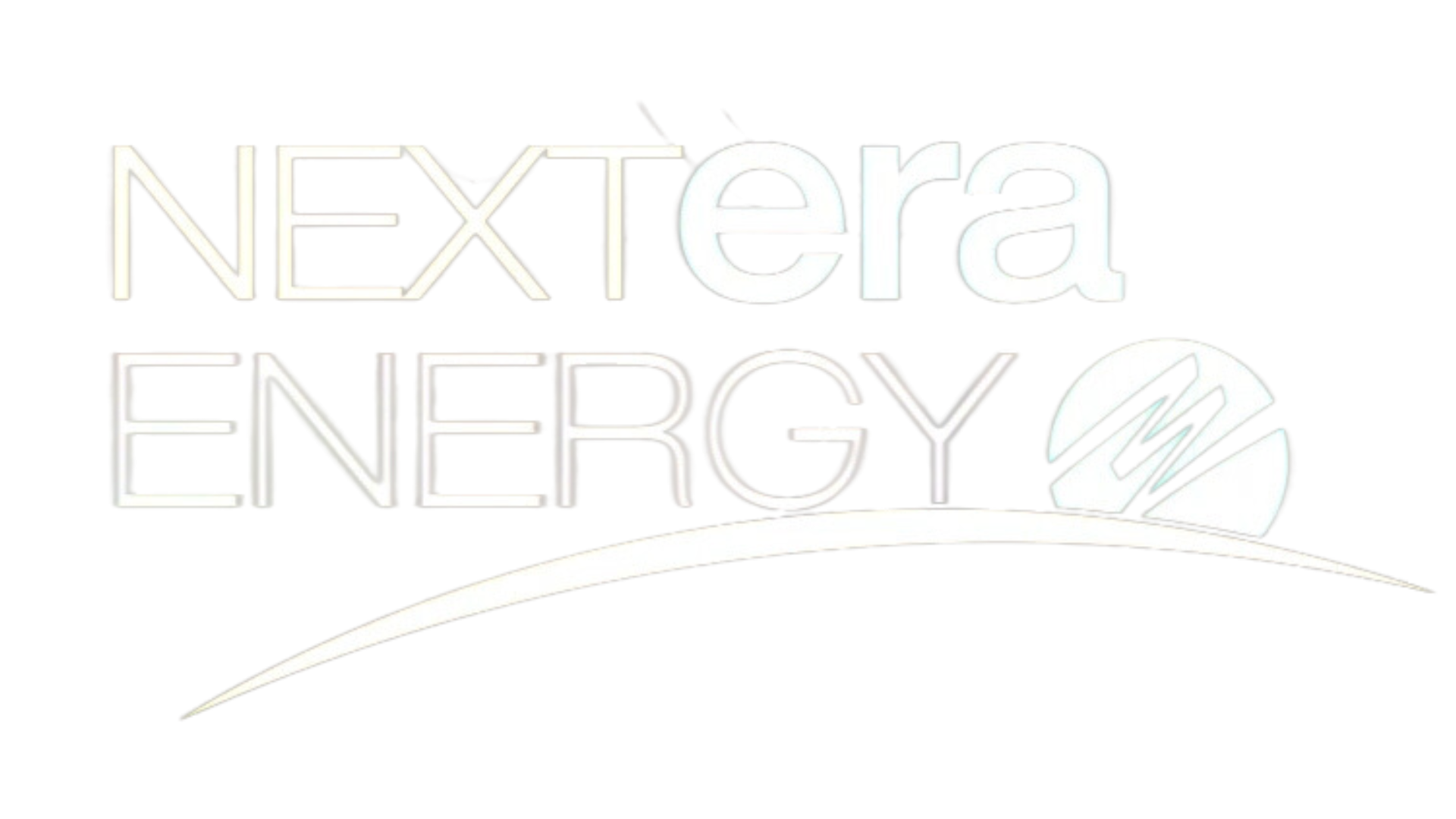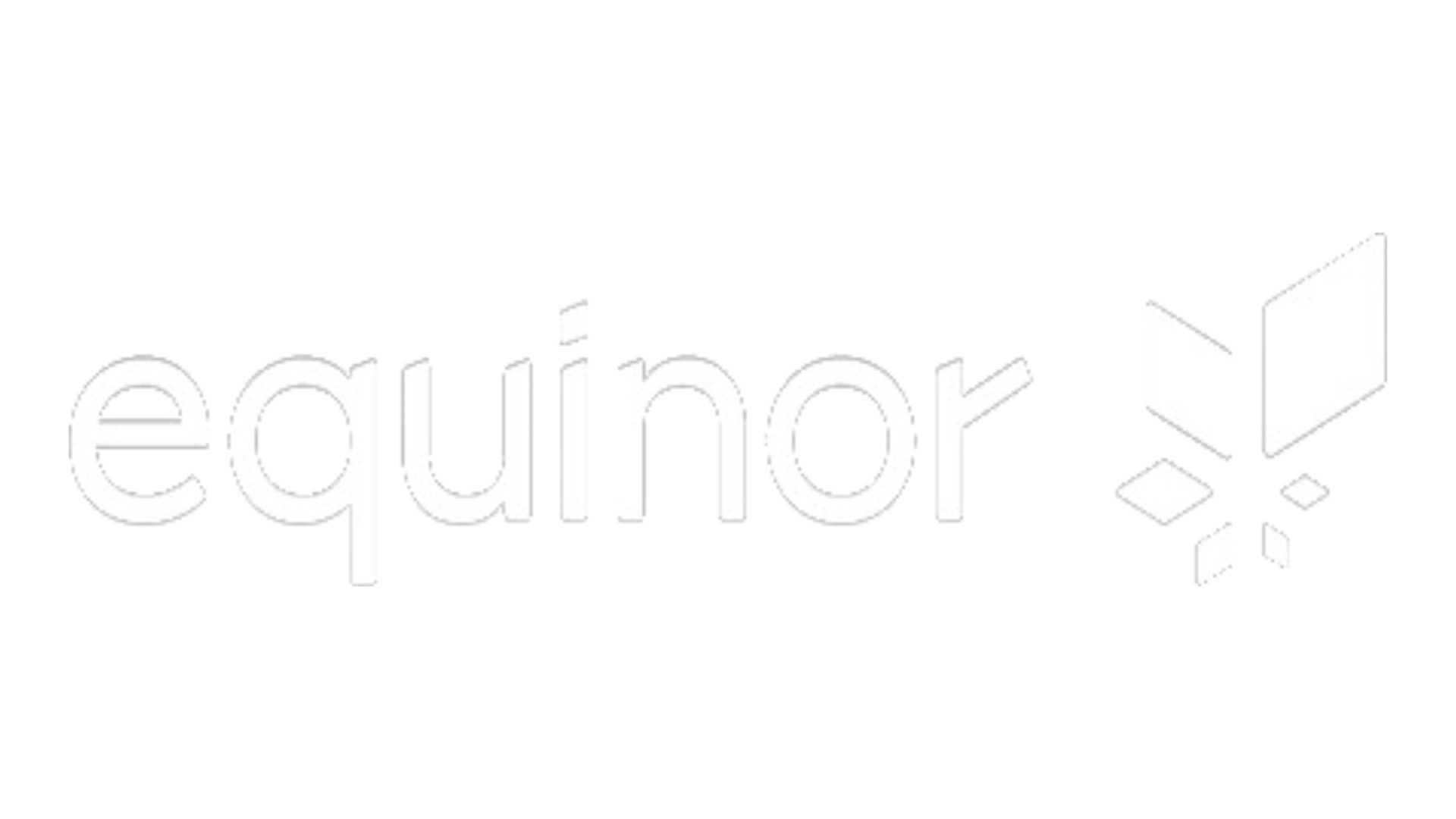As temperatures rise, energy demand is spiking across New York as people are turning on their air conditioners to keep cool. However, there are ways to remain cool without using as much energy and simultaneously lowering your utility bills. If you use a window air conditioner, the primary energy efficiency measure you can take is…
Click Here to Read our Buildings Background Paper Click Here to Watch Videos from our Events In the second part of a four-part series analyzing New York City’s aggressive 80×50 carbon reduction goals, NYLCVEF hosted a forum on Thursday focusing on the role of buildings in reducing emissions across the city. Two panels representing a…
Which is Better for the Environment? Since the rise of online shopping in 2001, the $350 billion e-commerce industry has flourished in the U.S., almost doubling in size over the past five years alone. However, the jury is still out on the sustainability of online shopping as compared to traditional shopping at a brick-and-mortar store….
Click Here to Watch Videos from our Events This week, the NYLCV Education Fund hosted a Transportation Forum as the first part of its series on Mayor de Blasio’s goal to reduce greenhouse gas emissions 80% by 2050. The forum was centered around the question: how can we ensure sustainable mobility for all New Yorkers?…
Sunscreen and summer go together hand in hand. Sunscreen is essential for protecting our skin from the sun’s harmful, cancer causing UV rays. But did you know that some of the sunscreens you use to protect your skin may actually be doing damage to your body? As if that’s not bad enough, many popular sunscreens…
Choosing the most environmentally-friendly foods can be challenging, especially when it comes to dairy and dairy-alternatives. Almond milk, in particular, has been hailed by environmentalists as a great substitute for traditional dairy milk- but is it really the “greenest”? Water-Intensity Almond milk is extremely water-intensive, using an estimated 23 gallons of water for the production…
Water issues might not be making as many headlines anymore, but even if your local supply hasn’t made it to the news, you might remain at risk without knowing it. Given the number of contaminants that can make their way into shared or even private wells, you’ll need to make sure your drinking water stays…
Most legislators want to meet with citizens to hear their concerns and recommendations. You only have to be a citizen passionate about an environmental issue to get your message across, not an expert lobbyist. Because you hold the power of the vote, your opinions carry more weight than any number of lobbyists. To arrange a…
Each year, NYLCV and the NYLCV Education Fund work closely with New York’s leading environmental, public health, conservation, energy, environmental justice, and transportation organizations to identify the state’s most pressing priorities on fighting climate change, conserving land and water, and protecting public health. The result of that effort is our 2017 New York State legislative…









